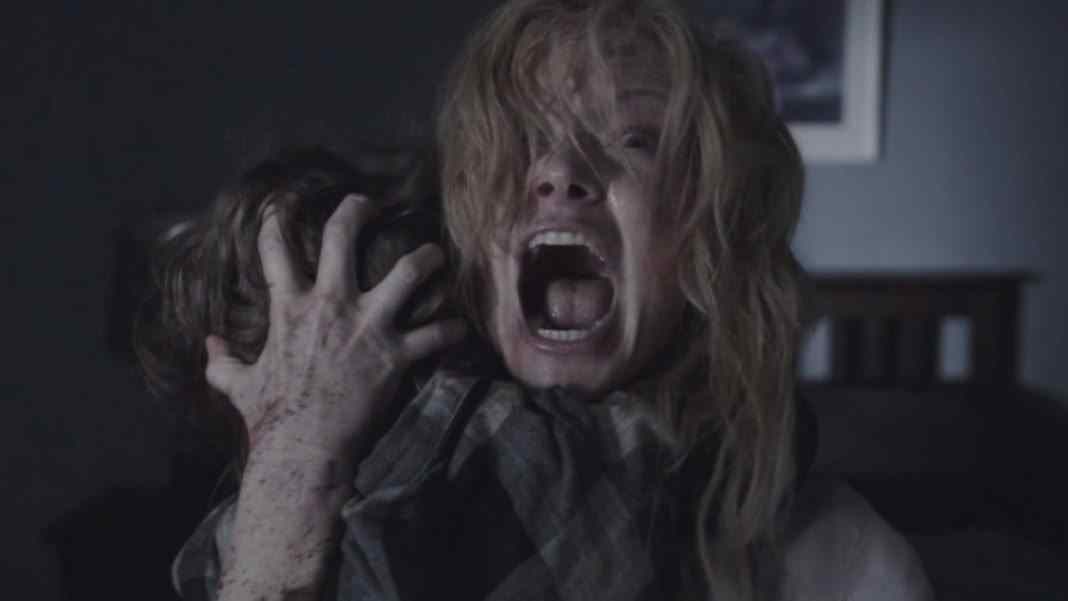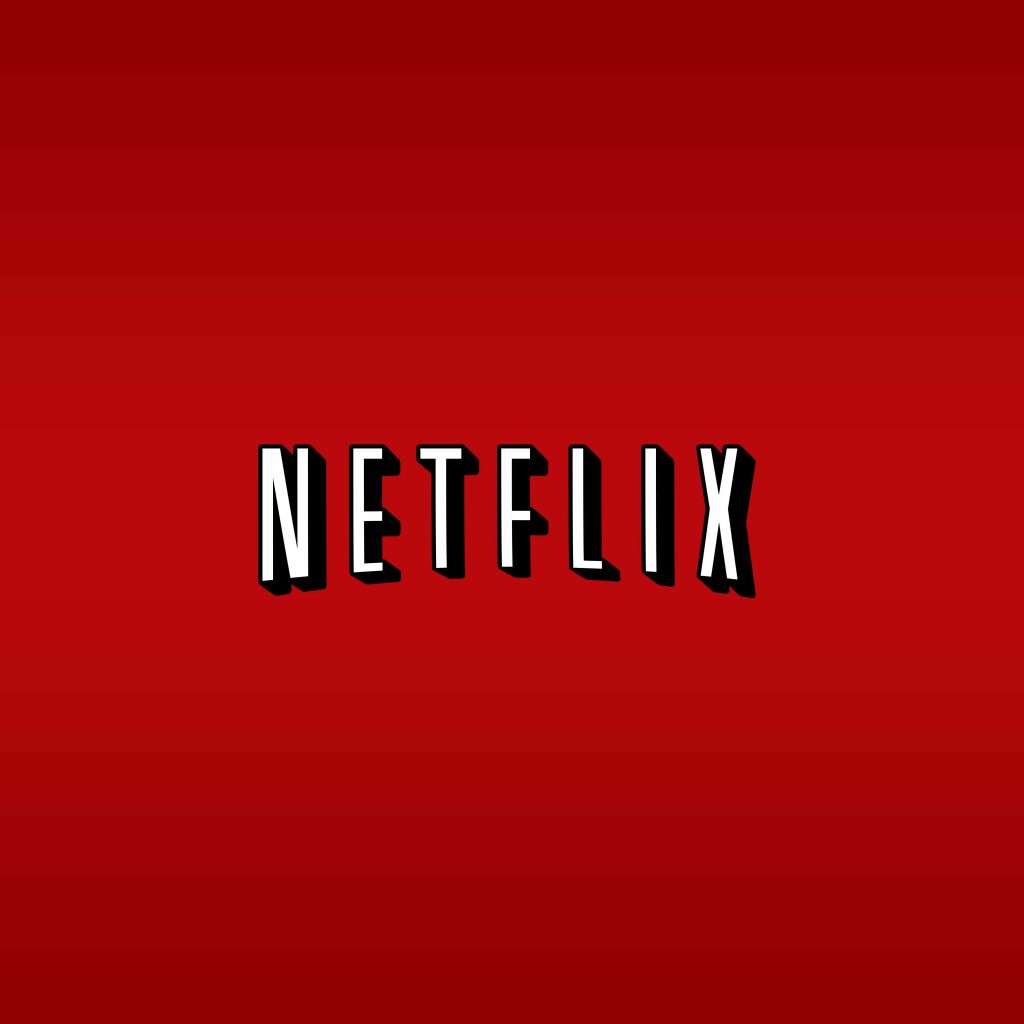February, Women in Horror Month, ended three weeks ago. The fun and support for women doesn’t need to stop with the shortest month of the year. Here are the top 11 other months to celebrate women in horror and some suggestions for how to go about it.
1.) March

March comes in like a lion and goes out like a lamb. Except for in New England, where it comes in with a blizzard and leaves with a blizzard, but has an inexplicable 65 degree day in the middle. Wherever you are, take some of that time snowed in or just damp and cold and catch these 50 Horror Movies Directed by Women that Alison Nastasi put together.
It’s important to spend time and money because women are underrepresented behind the camera in every genre. According to the Center for the Study of Women in Television and Film out of San Diego State University, only 11% of the highest grossing 250 films were directed by women. Horror can be better than the mainstream if fans put their weight and their wallets into watching films directed by women.
For my money, The Babadook, written and directed by Jennifer Kent, is a milestone film. It didn’t invent the trend of monsters turning back into metaphors and modern horror commenting on real social issues, but it kicked it off after a 30 year glut where slashers and serial killers dominated major studios.
2.) April

No movies get made without producers. Gale Anne Hurd is one of the greats. The Terminator. Aliens. The Abyss. A little TV show you may have heard of, The Walking Dead. We’re all standing on her shoulders as much as we are Romero’s or Craven’s.
Diablo Cody produced the criminally underrated Jennifer’s Body and has more horror on the way. Plus, she won an Academy Award for Juno’s screenplay.
I didn’t expect to be writing about Drew Barrymore when I started this article, but she’s producing a horror anthology for the CW.
3.) May

Of course, horror movies wouldn’t work without the artists creating the special effects. An eyeball popping without enough blood can ruin a tense scene, or with too much blood bring out a laugh.
The women at Coven FX Haylee Detroit, Melissa Coulter and Cassandra Byers, are opening a women led special effects studio. Check out the link to see some of their gruesome work.
There’re also The Rising Gore Girls of Instagram, women who’re playing with horror makeup outside of film. The scary thing is that they might do it better than the filmmakers.
4.) June

Women have starred in horror since the foundation of the genre, both as damsels (most horror movies) and monsters (thank you, James Whale, for Bride of Frankenstein). Spend your June avoiding the heat watching these actresses perform in The 30 Best Female-Led Horror Films of All Time, compiled by Angelica Jade Bastién.
Supporting women in front of the camera as well as behind the camera matters more than you may think. As Sarah Boboltz and Kimberley Yam explain in Why On-Screen Representation Actually Matters, to not be represented in media is to suffer “symbolic annihilation.” It’s to be told that you don’t matter, that you’re not important. This happens to the LGBQT community and people of color as well. While they’re not featured in this article, you should support them too.
5.) July

When you’re done watching incredible performances by incredible women, dig into the gender theory that shapes the way an audience interacts with a film.
The obvious read is the seminal Men, Women, and Chainsaws by Carol J. Clover. She’s brilliant. Her analysis will not only make you a better viewer, but a better person. And Clover’s not the only woman tackling horror from an academic perspective and cultivating it into a proper field of study. She and others have pushed the field to the point where horror has its very own academic journal, Horror Studies. Stokercon 2017 ran its first Anne Radcliffe Academic Conference, and another this year.
And of course, there’s the astoundingly inciteful Faculty of Horror, which brings us to Podcasts.
6.) August

The Faculty of Horror aren’t the only women podcasting about horror. Podcasts are booming, with new content coming out daily from all people on all subjects. Check out the 5 Female-Fronted Horror Podcasts That We Loved from anatomy of a scream.
My friends Donna and Adrean (the editor-in-chief of A Murder of Storytellers) are part of Beyond the Cabin in the Woods where long-time horror fans screen and discuss movies with newcomers. It’s a good time.
7.) September

Whether you’re catching some sun or horribly sun-burnt and huddled around an air conditioner, the end of the summer is a great time to catch up on some reads. Like film, women are underrepresented in publishing, as evidenced by the 2016 Vida count, an organization that counts how many women are published in major literary magazines and reviewed in major publications. The easiest way to force changes in publishing is to buy books written by women.
Here are twenty female horror writers to start, compiled by Annie Neugebauer.
In particular, I want to put a special spotlight on Lauren Buekes. Her novel The Shining Girls is absolutely brilliant. A time traveling serial killer tortures women in Chicago across decades. What makes it special though is the way Buekes tells the story of each murder from the point of view of the woman being murdered, preventing them from being cardboard cutouts created only to be murdered. Buekes makes each death a tragedy.
8.) October

Most writers don’t start writing novels. They start grinding out short stories to hone their craft and selling them to editors. Many run their magazines at a loss, but they are crucial in developing writers and in introducing them to audiences.
This year, treat yourself to a few magazines run, in-part, by these amazing women.
Shimmer is a top shelf speculative fiction magazine (meaning they do horror, fantasy, and sci-fi) run by Beth Wodzinkski and E. Catherine Tobler.
If you haven’t experienced interactive stories before, you owe it to your to check out Tory Hoke’s sub-q Magazine.
The Dark is one of my favorites. They offer very affordable subscriptions through Amazon. Co-editor Silvia Moreno-Garcia is a young writer to look out for.
For quick reads (500 to 1,000 words), check out Flash Fiction Online, ran by Editor-in-Chief Suzanne Vincent. Not everything on there is horror, but most of it is very good.
Dark Moon Digest, published by Lori Michelle, publishes dark horror. (Full disclosure: She ran my story “Jake’s Duty” in Issue #28.)
Last but not least is a magazine where I work as Non-fiction Editor and Book Reviewer, Spectator and Spooks Magazine. We focus on ghost stories, and I’ve never met anyone who works harder than our fearless leader, Editor-in-Chief Cassandra Clarke.
9.) November

Print comics are yet another area where women have been underrepresented both as creators and characters. Luckily, you, yes you, who’re reading this article, can change that.
Buy comics by women. Maybe these horror comics.
My favorite is Beasts of Burden, illustrated by Jill Thompson. It’s a compilations of dogs and cats who investigate paranormal happenings in their neighborhood. Ignore the cutesy trappings though, Beasts of Burden is, at times, terrifying.
10.) December

There are webcomics written by women that could use your support as well. There merch might make good gifts during the holiday season *nudge* *nudge.* Here are some:
Emily Carroll made it on here as a print comics creator as well as a web-comic creator. Her graphic novel Through the Woods is excellent folk horror.
Lauren Davis describes The Fox Sister by Christina Strain and Jayd Aït-Kaci writing, “a young girl witnesses the death of her entire family at the paws of a nine-tailed fox and seeks revenge on the demonic killer. The only catch? The fox is now wearing her sister’s body.” What are you waiting for?
Abby Howard is working on The Last Halloween. Caitlin Rosberg at the A.V. Club describes it as, “one of the rare comics that is genuinely and sometimes unexpectedly spooky, while still embracing the fact that the main characters are mostly children.”
Jenny Romanchuk’s The Zombie Hunter tells the story of an island after a zombie outbreak populated by infected who will turn segregated from the healthy. What could go wrong?
11.) January

I know, this is a lot to keep up with. Novelists. Directors, actresses, producers, FX artists. Web comics, traditional comics. Scholars, editors. Podcasters. Thankfully, Shannon McGrew at Bloody Disgusting compiled this list of female horror journalists to help you stay in tune with everything that’s going on. I’ve also linked to quite a few horror journalists throughout the article. Start your New Year right and follow them too!
They’re not just going to focus on work by other women. They’re going to get you all the good stuff.
This article is encouraging you raise awareness and support women. Remember that loving The Babadook doesn’t mean throwing away John Carpenter’s Halloween. The goal is to get women a fair share of opportunities, not ban men, although if you’ve gotten this far, you probably agree with me.
What’re you doing still reading this? Get out there and support female horror creators!





